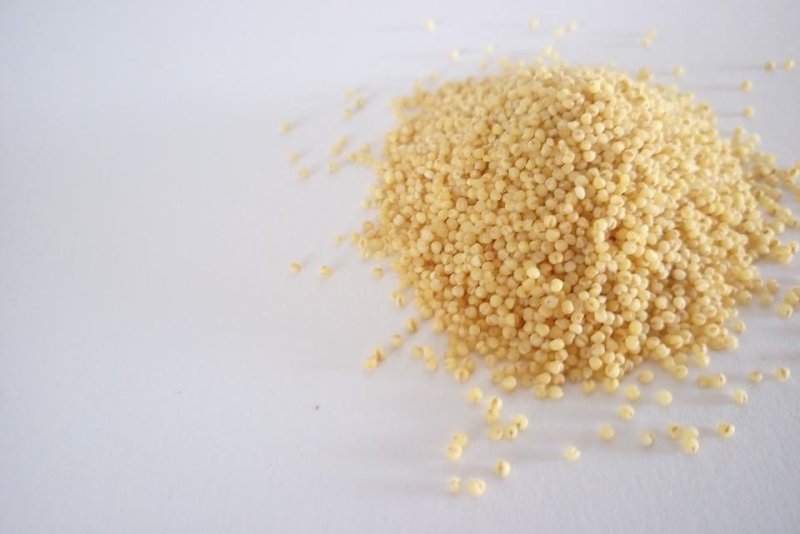The rise in millet consumption among Eurasian groups during the early Iron Age coincided with the expansion of early socio-political structures. Photo by Pixabay
June 10 (UPI) -- According to a new survey of isotopic data from Eurasia, agriculture began in the region earlier than scientists thought.
To identify the signatures of ancient dietary changes among Eurasian nomads, scientists used quantitative analysis to study isotopic data derived from the bones of ancient animals and humans.
The analysis -- detailed this week in the journal Scientific Reports -- helped scientists pinpoint the timing of the adoption of new agricultural products during the early Iron Age. By plotting the geographical and temporal patterns of dietary changes, researchers were also able to identify the expansion of early socio-political networks.
"Our understanding of the pace of crop transmission across the Eurasian steppe has been surprisingly unclear due in part to a focus on the excavation of cemeteries, rather than settlements where people threw out their food," Alicia Ventresca Miller, now a researcher at the Max Planck Institute for the Science of Human History in Germany, said in a news release.
Miller conducted the research while working at Kiel University.
"Even when settlement sites are excavated, the preservation of carbonized seed remains is often poor," Miller said. "This is what makes stable isotope analyses of human remains from this region so valuable -- it provides direct insights into the dietary dynamics of ancient pastoralists who inhabited diverse environments."
Researchers determined the development of larger, more complex socio-political structures across Eurasia during the Iron Age, around 1000 B.C., coincided with an increase in the consumption of millet, a grain first cultivated in China as early 3000 B.C.
But millet was not ubiquitous in Eurasia. Researchers determined groups in the Trans-Urals focused on wheat and barley cultivation, while populations in southwest Siberia mostly ate pastoral animal products, as well as locally available wild plants and fish. Groups in Mongolia didn't begin eating millet until the Late Iron Age, around the same time that the Xiongnu nomadic empire rose to power and prominence.
"This is particularly interesting because it suggests that communities in Mongolia and Siberia opted out of the transition to millet agriculture, while continuing to engage with neighboring groups," said Miller.















